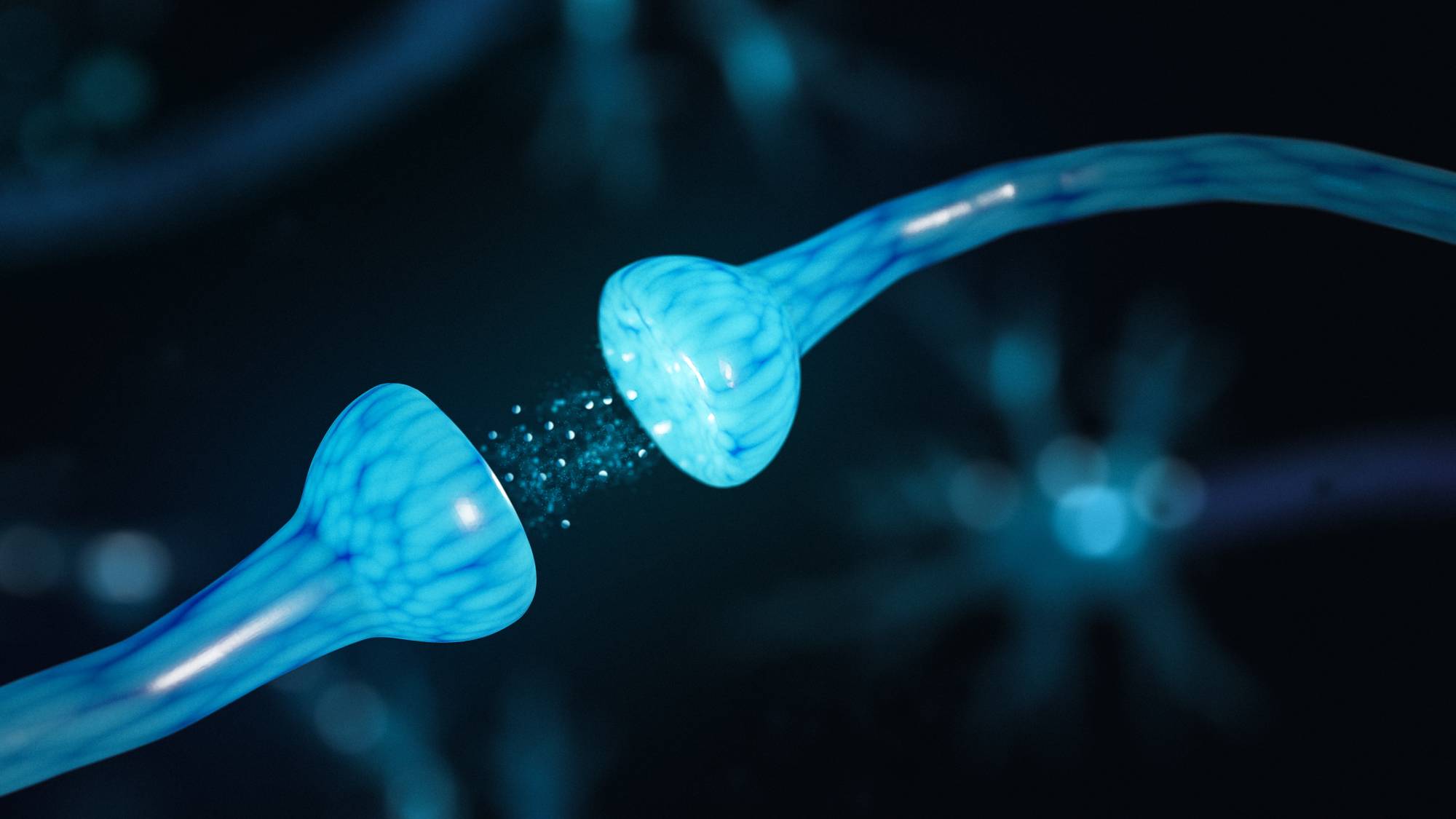
Anesthesia for cesarean section commonly involves a single-shot spinal injection of local anesthetic with opioid included to cover postoperative pain as part of a multimodal analgesic pathway. Intrathecal preservative-free morphine is considered the gold-standard for post–cesarean analgesia by obstetric anesthesiologists given its low-risk profile; however, hydromorphone has gained attention as an alternate agent due to drug shortages.
Hydromorphone was chosen partly due to its hydrophilicity, which causes it to persist within the cerebrospinal fluid (CSF) for several hours, providing bimodal analgesia at the segmental and supraspinal levels. Lipophilic opiates such as fentanyl and sufentanil diffuse more quickly, exhibiting a rapid segmental effect with more systemic uptake, making them less ideal in this setting. Dosing studies have shown that the effective intrathecal dose (ED90) for morphine and hydromorphone are 150mcg and 75mcg respectively for post-cesarean analgesia [8].
While several retrospective studies have compared the two drugs when administered in the central nervous system, there is only one prospective study published on this subject to date. Observational studies were performed by multiple groups including Beatty et al., who found no significant difference in patient pain between intrathecal morphine 100mcg and hydromorphone 40mcg. However, it is important to note these doses are not necessarily equipotent and standard guidelines for equianalgesic dosing of the two drugs in the intrathecal space are not yet available. The morphine dose was chosen based on prior studies showing absence of analgesic benefit for intrathecal doses above 75mcg, while the hydromorphone dose was merely the most common dose among participating providers [3].
Based on dosing studies by Rathmell et al. and later Sviggum et al., a 2:1 conversion ratio is commonly selected, however this ratio needs further validation [7][8]. In June 2020, Sharpe et al. published a randomized clinical trial comparing intrathecal opioids (150mcg morphine vs. 75mcg hydromorphone), and reported similar pain scores through 36 hours postpartum and no difference in breakthrough analgesics given. Regarding side effects, there was no difference in incidence of nausea/vomiting or moderate or severe sequelae. The median difference in time to first opioid dose was not statistically significant but may be relevant clinically given the 5h span for hydromorphone compared to 12h for morphine. There was also a notable difference in postpartum opioid consumption that did not reach statistical significance, possibly indicating a need for more power in this study [6].
It is important to note that, while the pharmacokinetic profile of hydromorphone (hydrophilicity, less rostral spread) would theoretically imply less incidence of nausea or respiratory depression, studies have not supported this hypothesis. Given how infrequent episodes of respiratory depression are in the postpartum setting, there is simply not enough data at this point to properly evaluate the comparative safety of intrathecal hydromorphone. In 2019, the Society of Obstetric Anesthesia and Perinatology published a consensus stating that intrathecal morphine is preferred if readily available given the paucity of data on intrathecal hydromorphone’s safety profile [2]. Furthermore, studies are limited by the lack of a standard method for comparing intrathecal opioid doses. Until a standard conversion ratio for intrathecal opiates becomes available, comparative studies will remain limited by lack of verification that equianalgesic doses of intrathecal opioid are being administered. Statistical differences may be found in future analyses if additional research changes the current 2:1 conversion ratio.
References
- Abboud TK, Dror A, Mosaad P, et al. Mini-dose intrathecal morphine for the relief of post-cesarean section pain: Safety, efficacy, and ventilatory responses to carbon dioxide. Anesth Analg. 1988;67(2):137-143.
- Bauchat JR, Weiniger CF, Sultan P, et al. Society for obstetric anesthesia and perinatology consensus statement: Monitoring recommendations for prevention and detection of respiratory depression associated with administration of neuraxial morphine for cesarean delivery analgesia. Anesth Analg. 2019;129(2):458-474. doi:10.1213/ANE.0000000000004195.
- Beatty NC, Arendt KW, Niesen AD, Wittwer ED, Jacob AK. Analgesia after cesarean delivery: A retrospective comparison of intrathecal hydromorphone and morphine. J Clin Anesth. 2013;25(5):379-383. doi:10.1016/j.jclinane.2013.01.014.
- Marroquin B, Feng C, Balofsky A, et al. Neuraxial opioids for post-cesarean delivery analgesia: Can hydromorphone replace morphine? A retrospective study. Int J Obstet Anesth. 2017;30:16-22. doi:10.1016/j.ijoa.2016.12.008.
- Rathmell JP, Lair TR, Nauman B. The role of intrathecal drugs in the treatment of acute pain. Anesth Analg. 2005;101(5 Suppl):30. doi:10.1213/01.ane.0000177101.99398.22.
- Sharpe EE, Molitor RJ, Arendt KW, et al. Intrathecal morphine versus intrathecal hydromorphone for analgesia after cesarean delivery: A randomized clinical trial. Anesthesiology. 2020;132(6):1382-1391. doi:10.1097/ALN.0000000000003283.
- Sultan P, Halpern SH, Pushpanathan E, Patel S, Carvalho B. The effect of intrathecal morphine dose on outcomes after elective cesarean delivery: A meta-analysis. Anesth Analg. 2016;123(1):154-164. doi:10.1213/ANE.0000000000001255.
- Sviggum HP, Arendt KW, Jacob AK, et al. Intrathecal hydromorphone and morphine for postcesarean delivery analgesia: Determination of the ED90 using a sequential allocation biased-coin method. Anesth Analg. 2016;123(3):690-697. doi:10.1213/ANE.0000000000001229.

